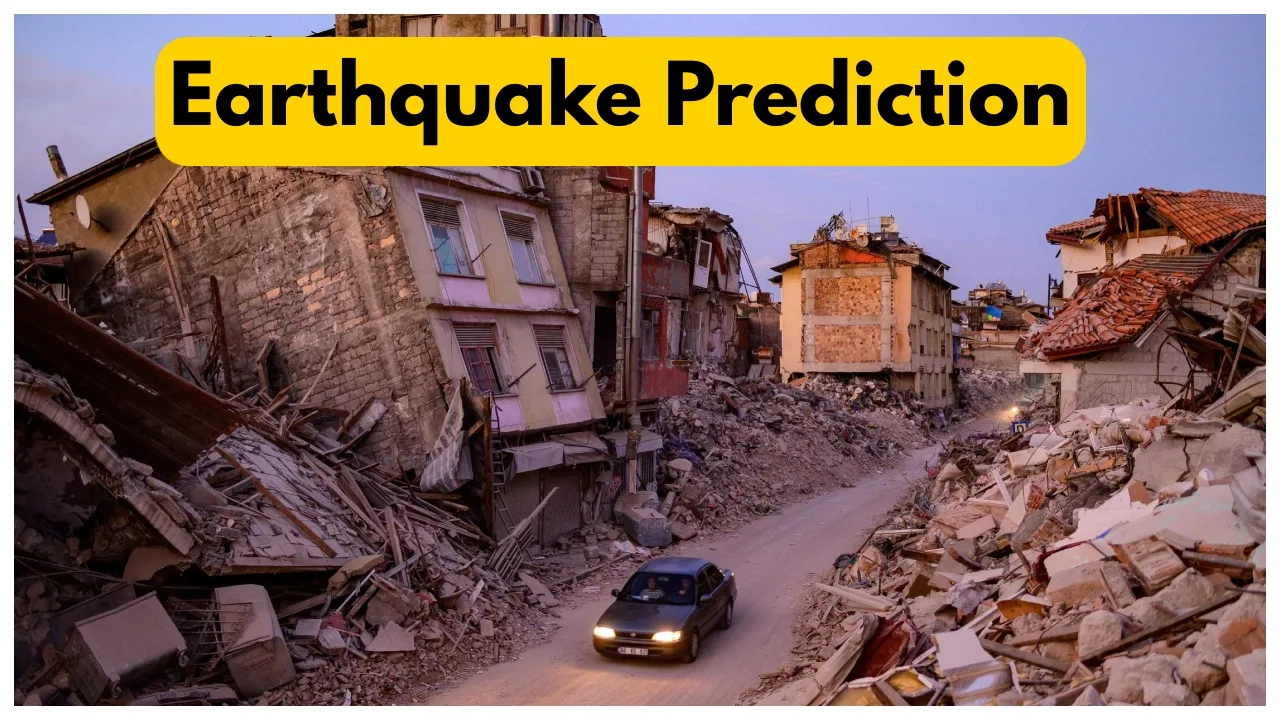Massive Earthquake: A recent study has sent shockwaves of alarm throughout Asia after revealing a high likelihood of a colossal earthquake that could devastate large areas in the near future. The prediction has nothing to do with speculations but rather draws upon 150 years of earthquake records and sophisticated calculations of Earth’s rotation. The findings have sent serious alarm signals to countries such as China and the Himalayas.
Earthquake Risk According to Earth’s Rotation
The study was done by Zhu Hongbin and his colleagues at the Beijing Earthquake Agency. They studied earthquake activity in the last 150 years and discovered a correlation between great earthquakes and variations in Earth’s rotation rate. In particular, they studied the LOD (Length of Day), or the time it takes for Earth to make one complete rotation. In contrast to the general view that LOD does not change, the research has established that it varies at a microsecond rate. These small variations accumulate to put pressure on tectonic plates and subsequently cause powerful earthquakes.
Three High-Risk Areas Identified
Researchers have identified three regions at high risk. These are the Sichuan province, which was hit by a catastrophic quake in 2008, Yunnan — one of the most seismically sensitive regions — and the Himalayan region, which poses a threat to parts of India, Nepal, and Bhutan. Each significant quake interval documented since 1879 was strongly associated with a shift in Earth’s rotational rate, suggesting an early warning sign when LOD varies.
Longmenshan Fault Under Pressure Again
Scientists found mounting pressure along the Longmenshan Fault, the very fault line that was behind the lethal 2008 Sichuan earthquake. From GPS records, India is migrating northwards, building stress in this fault. This can cause instability in the eastern Himalayan region, boosting the possibility of a high-magnitude quake here.
India’s Vulnerability and Required Measures
The northeast Indian states such as Arunachal Pradesh, Uttarakhand, and Nepal border areas are already under seismic zone 5. If the Chinese and Himalayan regions undergo an increase in stress, these Indian areas could be similarly impacted. Authorities need to make infrastructure stronger, enhance building codes, and place disaster response systems in high alert. More investment in earthquake data analytics and AI-based models is also necessary.
Is Earth Entering a New Seismic Supercycle?
There are geologists who think that Earth goes into a “Seismic Supercycle” from time to time, where a cluster of high-magnitude earthquakes takes place around the world. Examples include the 2004 Indonesia (9.1), 2010 Haiti (7.0), and 2011 Japan (9.0) quakes. The rising seismicity in places like China, Myanmar, Nepal, and India could be precursors to entering another such seismic period.
How AI Could Play a Role in Future Disaster Prediction
More effective use of AI and machine learning models can be made to forecast seismic activities. Historical records and real-time measurements can be analyzed with the help of these tools to enhance early warning systems and save casualties.
Public Awareness and Preparedness is Essential
Awareness drives, school training, and public exercise are needed to reduce panic and provide swift response during earthquakes. Governments and the people have to join hands to construct a stronger future amidst natural disasters.
